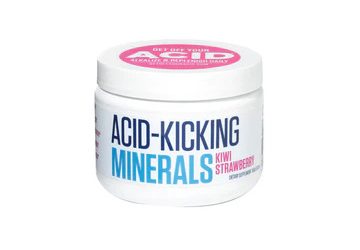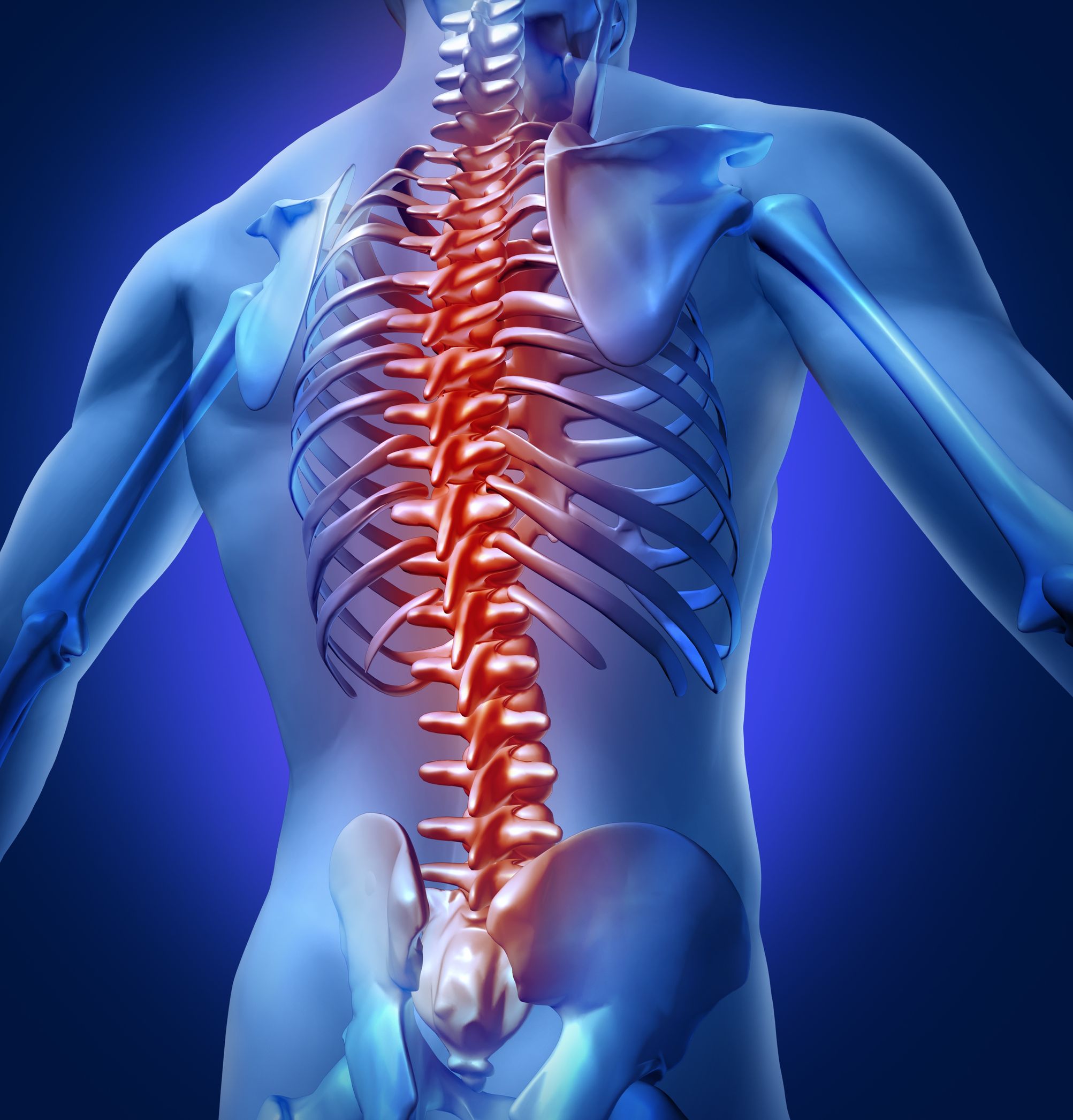A bulging disc can cause a range of issues, including inflammation from the nerve pressure and compression. Luckily, there are plenty of ways to treat a bulging disc that don’t involve the risks and long recoveries of surgery. Beginning with chiropractic care to realign your spine and reduce pressure on the nerves, there are also exercises and alternative therapies that can help reduce symptoms and swelling from the affected area.
The best way to begin the healing process once your spine has been realigned is to increase blood flow and oxygen levels to the injured disc and surrounding muscles. Blood and oxygen will reduce swelling and inflammation while beginning to repair damaged tissue and nerves. Many therapies promote this increase in blood flow and oxygen, and some can be done right at home.
1.) Chiropractic care
A chiropractor can help with the complications caused by a bulging disc by gently manipulating the spine back into realignment. This process may take 2-3 sessions over 4-6 weeks to be completely effective, but most patients begin to notice relief after the first 1-2 sessions.
You will likely need to continue maintenance chiropractic care for the rest of your life once you’ve developed a bulging disc. These sessions are usually once per week, or once every two weeks. Your chiropractor will routinely check the rest of your spine and make sure that it remains in alignment to support the injured area.
2.) Exercises
Once you have gotten your chiropractic care under way, your chiropractor will likely recommend exercises to help stretch and relieve pressure on the affected disc. These exercises will also be designed to strengthen the muscles around the spine to help keep them in alignment after you’ve been adjusted.
Many of these exercises focus on the core, which is crucial to keeping proper posture and spinal alignment. Other exercises will encourage stretching and target key muscle groups to help with flexibility and strength. Sciatica exercises are designed to help loosen muscles in both the thighs and lower back. Too-tight muscles can pull unnecessarily on the spine and continue to knock it out of alignment.
Your chiropractor may also recommend cardio and general exercise if you are overweight. Excess weight can cause a strain on the spine and joints, especially in the lower back. Targeted lower back pain exercises and cardio can relieve the stress on these areas.
3.) Cold laser therapy
Cold laser therapy uses a laser to target the localized area of pain and injury from a bulging disc. The laser emits low levels of energy into the muscles and tissues, promoting blood flow and tissue repair. These sessions usually last between 5-10 minutes at a time and are performed by a trained laser technologist. Inflammation and swelling should greatly reduce in 8-10 sessions, but many patients begin to feel relief almost immediately.
4.) TENS and EMS therapies
Transcutaneous Electrical Nerve Stimulation (TENS) is a clinically proven method for reducing pain signals sent out by nerves being compressed. A TENS unit sends low-level electrical currents to the nerves which disrupts the pain signals being sent to the brain. It’s also believed to increase endorphins and promote blood flow to the area. Many TENS units can be purchased for use at home.
Electronic Muscle Stimulation (EMS) uses low-level electrical currents to stimulate muscle tissues, which are inflamed and swollen. The low-voltage current is placed on the area for 5-10 minutes by a technician and reduces inflammation and promotes blood flow and healing.
5.) Ultrasound therapy
Ultrasound therapy sends sound waves into muscles and soft tissue, promoting blood flow and reducing inflammation to injured areas. A trained technician administers it in 5-10 minute sessions, and it is relatively inexpensive compared to some other therapies. Most patients notice a reduction in their pain after 2-3 sessions.

6.) Massage therapy
Massage therapy works deep into the tissues, stimulating blood flow, and putting muscle groups back into their proper places. For a bulging disc that has been disrupting the nerve signals to these muscle groups, massage therapy may be very beneficial in conjunction with chiropractic adjustments for the first few weeks after injury.


